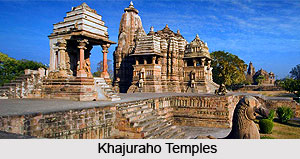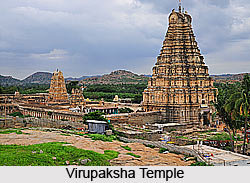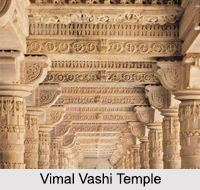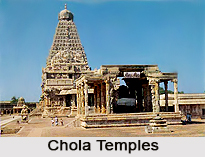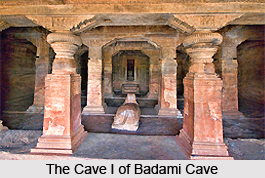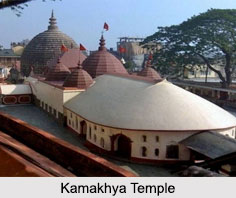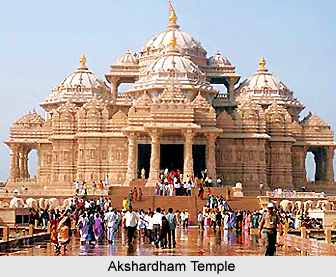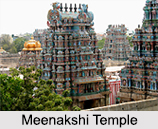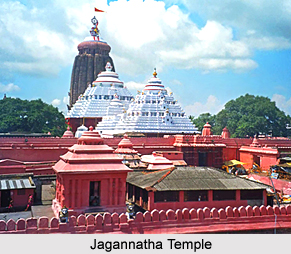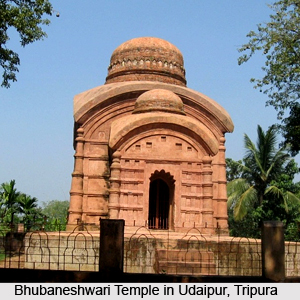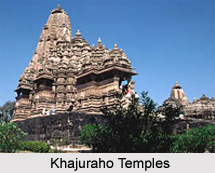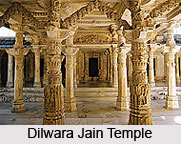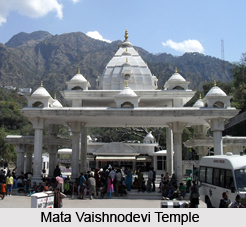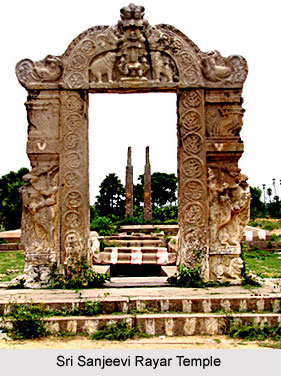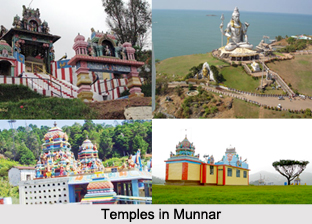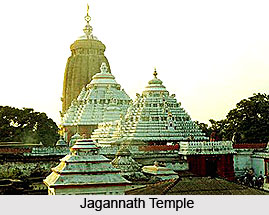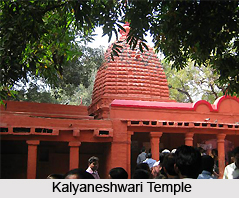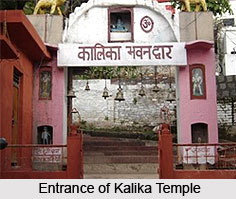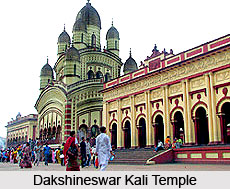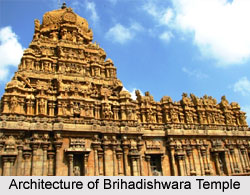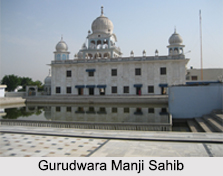 Gurudwara Manji Sahib is one of the well-known Gurudwaras in Punjab. Guru Gobind Singh stayed here for a short while. Gurudwara Manji Sahib was constructed at the place where the 6th Guru stayed for the period of his visit to Ambala city. It is believed that whoever visits the Gurudwara Manji Sahib, his or her desires have fulfilled. Gurudwara Manji Sahib is located at Alamgir in Ludhiana, Punjab.
Gurudwara Manji Sahib is one of the well-known Gurudwaras in Punjab. Guru Gobind Singh stayed here for a short while. Gurudwara Manji Sahib was constructed at the place where the 6th Guru stayed for the period of his visit to Ambala city. It is believed that whoever visits the Gurudwara Manji Sahib, his or her desires have fulfilled. Gurudwara Manji Sahib is located at Alamgir in Ludhiana, Punjab.
History of Gurudwara Manji Sahib
At the time of Guru Gobind Singh"s rising, Mughals were gaining much power under the influence of Aurangzeb. Then Guru Gobind Singh realized that he had to fight out the evil and then a battle took place at Anandpur Sahib. His family was put to death. He then went to Macchiwara. Two Pathans named Ghani Khan and Nabi Khan had come to know that they would be put to death. So, they helped Guru Gobind Singh to escape. He escaped in disguise and came to Gurudwara Manji Sahib and stayed there for three days.
A Gurudwara was then constructed in his memory. After he reached Alamgir, he asked for drinking water. His men found that the boundary wall had fallen into the well and the water became stained. So, the water was not fit for drinking. Guru Gobind Singh shot an arrow on the stony ground and water gushed out from there. Later it was changed into a tank and is known as `Tirsar` or `Arrow Lake`. Till date, the palanquin that had been used by Guru Gobind Singh is preserved with care.
Architecture of Gurudwara Manji Sahib
There are beautiful meenakari (an art of painting) and chitrakari (an art of figure painting) works in the Gurudawara. The term Manji Sahib is used in the Sikh tradition for the small bed on which the Holy Sikh Scriptures, Sri Guru Granth Sahib is placed throughout the day in the main hall (Darbar Sahib) of the Gurdwara. It is covered with a rich and multi-coloured cloth called "Rumalla". The Manji Sahib is a rectangular bed which is about 1.2 metres by 0.6 metres and is constructed of a wooden frame and legs.
Visiting information of Gurudwara Manji Sahib
Gurudwara Manji Sahib is well connected with the other parts of the country. Nearest airport is Sahnewal Airport (Ludhiana Airport). Nearest Railway Station is Ludhiana junction Railway Station. Various modes of local transport such as - taxis, autos, local buses and private buses are available to reach Gurudwara Manji Sahib.
